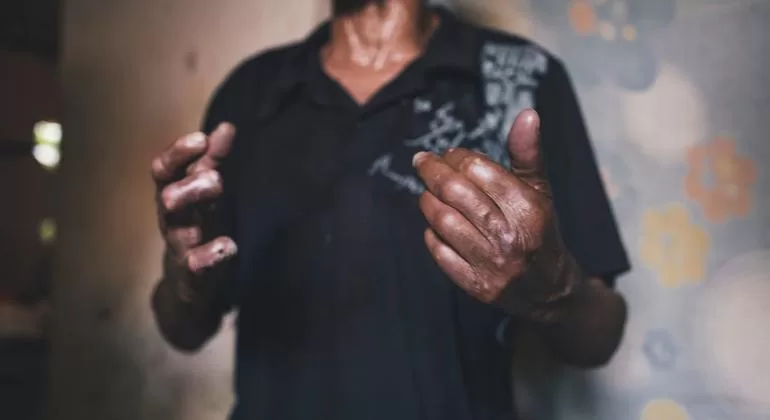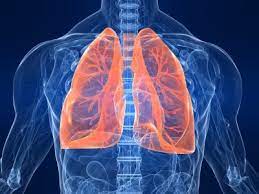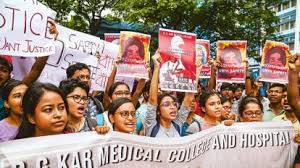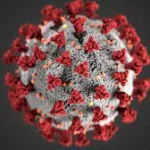Chennai, February 2025 – The Tamil Nadu Health Department has initiated a large-scale leprosy case detection campaign to screen suspected cases across the state. The campaign, which began on Thursday, will run until February 28 and will involve over 20,000 volunteers conducting intensive door-to-door screenings.
The initiative aims to cover 133 rural blocks and 27 urban areas across 37 districts. According to Dr. T.S. Selvavinayagan, Director of Health Services, a total of 18,192 searchers will conduct screenings in rural areas, while 4,332 searchers will screen residents in urban areas over the next two weeks.
Outreach and Awareness Efforts The campaign extends beyond household visits, reaching out to schools, colleges, Mahatma Gandhi National Rural Employment Guarantee Scheme (MGNREGS) workers, self-help group (SHG) members, voluntary organizations, and government offices. The goal is to identify suspected cases early and provide timely medical intervention.
Leprosy, a communicable disease caused by the Mycobacterium leprae bacteria, spreads through droplets from coughing or sneezing by untreated individuals. With an incubation period of 5-7 years, early detection plays a crucial role in effective treatment and prevention of complications.
Importance of Early Detection Dr. Selvavinayagan emphasized that leprosy manifests when an infected person’s immunity declines. “The initial symptom is a hypo-pigmented patch with a loss of sensation on the skin. With early detection, leprosy can be fully cured through multi-drug therapy (MDT),” he said.
Untreated cases can lead to complications such as peripheral nerve damage, resulting in deformities of the eyes, hands, and feet. The Leprosy Case Detection Campaign (LCDC) 2025 aims to identify cases early, including hidden ones, and provide prompt treatment.
Public Cooperation and Preventive Measures The health department is urging residents to cooperate with searchers and volunteer for screenings. Dr. Selvavinayagan expressed confidence that Tamil Nadu could achieve leprosy elimination by 2025. “Elimination does not mean total eradication. It means reducing the disease to a level where it is no longer a public health problem. There should be no new deformity cases or childhood cases. Rehabilitation for individuals with leprosy-related deformities will continue,” he stated.
As a preventive measure, post-exposure prophylaxis with a single dose of rifampicin will be provided when necessary. Additionally, all schoolchildren will be screened by public health teams.
Recognizing Symptoms and Seeking Medical Help The health department advises the public to report any of the following symptoms to searchers for further evaluation at Primary Health Centres (PHCs):
- Hypo-pigmented skin patches with loss of sensation
- Inability to close eyes
- Thickening of earlobes and nodules
- Weakness or numbness in hands and feet
- Clawing of fingers and toes
- Muscle wasting in hands and feet
- Difficulty holding objects
- Non-healing ulcers on hands and feet
The Tamil Nadu Health Department encourages public participation and cooperation to ensure the campaign’s success and help eliminate leprosy as a public health concern in the state.
Disclaimer: This article is for informational purposes only and should not be considered a substitute for professional medical advice. Individuals experiencing symptoms should seek medical attention from qualified healthcare providers.











